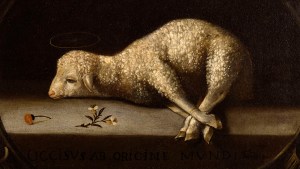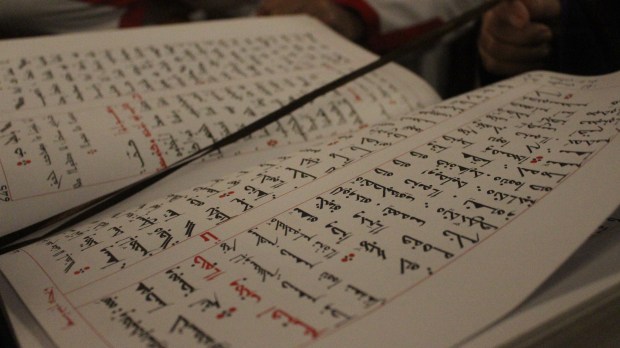Grigory Kessel, a researcher from the Austrian Academy of Sciences, discovered with the use of ultraviolet photography, a fragment of the Gospel of Matthew written in Old Syriac. The gospel text was written in the 6th century, “but then later erased and copied over hundreds of years later,”as read in the note published by Medievalists.net. Kessel’s discovery, described in detail in his article A New (Double Palimpsest) Witness to the Old Syriac Gospels, has been included in the latest issue of New Testament Studies.
Found in the Vatican Library, the manuscript is a palimpsest – that is, a manuscript that has been erased and reused. This one was written over twice since it was made – the second time, Medievalists.net explains, “by a Georgian scribe during the second half of the 10th century. It eventually made its way to the monastery of St. Catherine on Sinai.”
The fragment is an Old Syriac version of the Gospel of Matthew. “The tradition of Syriac Christianity knows several translations of the Old and New Testaments,” Grigory Kessel epxlains. “Until recently, only two manuscripts were known to contain the Old Syriac translation of the gospels.”
One of these is kept in the British Library in London, and the other one was discovered as a palimpsest in St. Catherine’s Monastery at Mount Sinai. The Syriac fragments from this third manuscript were recently identified in the course of the “Sinai Palimpsests Project.“
The small fragment reveals a section of the Book of Matthew, from 11:30 to 12:26. It offers some new insights, Kessel claims, into how the Gospels were translated and transmitted.
For example, while the original Greek of Matthew chapter 12, verse 1 says: “At that time Jesus went through the grainfields on the Sabbath; and his disciples became hungry and began to pick the heads of grain and eat,” the Syriac version says: “[…] began to pick the heads of grain, rub them in their hands, and eat them.”
You can read Kessel’s whole article here.



